Deputy Minister of Agriculture and Environment Phung Duc Tien said: “Promoting green value chains is not only the task of the agricultural sector, but also the responsibility of the whole society. Only with close coordination between the State - enterprises - people - international organizations, can Vietnam comprehensively change the agricultural production and consumption ecosystem, towards a modern, green and globally competitive agricultural sector”.
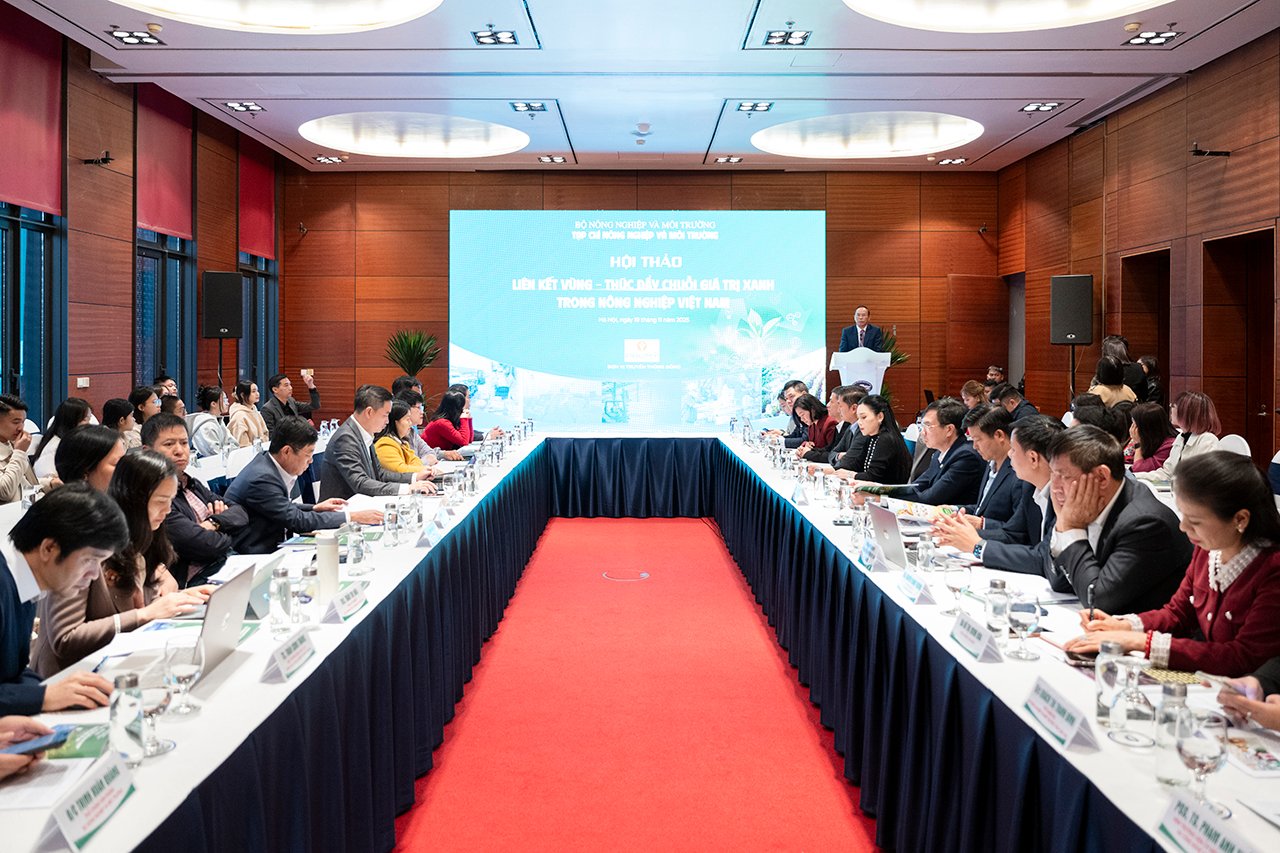
According to Dr. Dao Xuan Hung, Editor-in-Chief of Agriculture and Environment Magazine, after 6 years of implementing Decree 98, the country has formed more than 3,500 value chain linkage models, attracting 300,000 farmer households to participate through nearly 2,000 cooperatives and cooperative groups. About 70% of the models have the participation of cooperatives in the role of organizing raw material areas, signing contracts and controlling quality. The total mobilized capital reached over 20,000 billion VND, of which enterprises contributed 50-60%.
The above figures show that the risk sharing trend is becoming increasingly clear in modern agricultural production. However, the chain linkage is still unsustainable, the production - processing - market process is not closed; support procedures are still complicated and efficiency between localities is not uniform... At the same time, the agricultural sector has to face climate change, emission reduction requirements, increasingly strict international standards, as well as management changes when local authorities switch to a two-tier model from July 1, 2025.
Therefore, developing a green value chain is an important direction to increase added value, promote environmentally friendly agricultural production, form concentrated raw material areas, optimize logistics, expand high-end markets and aim for a net zero emission target.
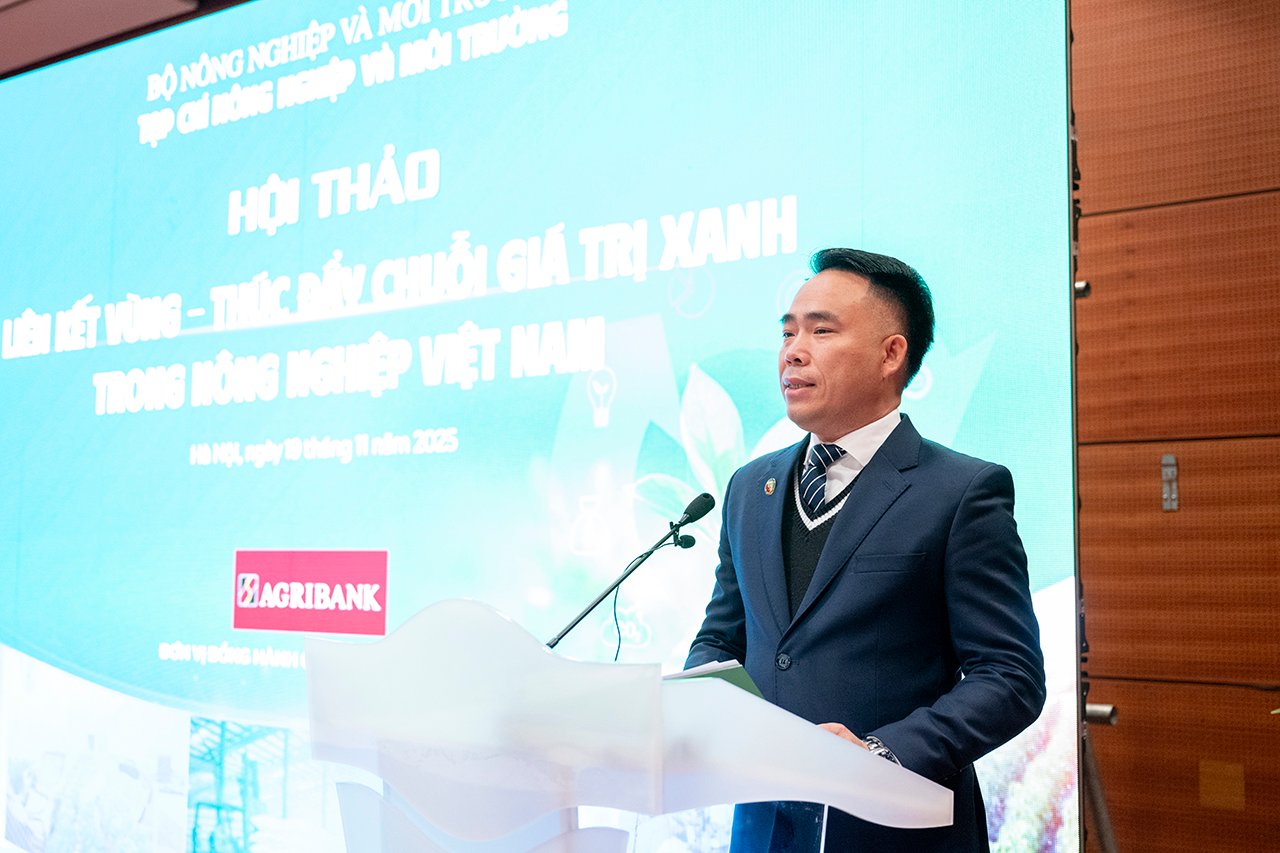
To achieve these goals, close coordination between the State, enterprises, scientists , cooperatives and farmers is needed. At the same time, it is necessary to promote technology transfer, improve regional linkage mechanisms and encourage innovation.
The workshop “Regional Linkage – Promoting Green Value Chains in Vietnam’s Agriculture”, along with the launching of two books and two OCOP publications – Agricultural Tourism, is a meaningful event recently organized by the Agriculture and Environment Magazine.
Notably, Associate Professor, Dr. Pham Anh Tuan, Director of the Institute of Agricultural Electromechanics and Post-Harvest Technology, said that it is necessary to increase the application of post-harvest technology to process high-value agricultural products to promote green value chains in agriculture. Accordingly, the trend of developing technology to preserve agricultural, forestry and fishery products with objects such as: Fresh preserved vegetables, dry preserved agricultural products, cold and frozen agricultural products, canned food preservation. In which, the freezing preservation technology is equivalent to Japanese technology to help fresh fruits reach some demanding markets.
Associate Professor, Dr. Pham Anh Tuan proposed planning production areas based on regional advantages, including: Building concentrated raw material areas associated with local specialties, clearly defining quality standards, output, and seasons; linking Production - Processing - Consumption regions according to the value chain, limiting product duplication between provinces causing intra-regional competition; synchronizing infrastructure associated with green logistics chains, packinghouses, etc.; encouraging enterprises to lead the value chain (processing, export) to link consumption, transfer technology, and apply smart contracts.
At the same time, apply green standards and high technology such as strongly shifting to sustainable agricultural standards including: VietGAP, GlobalGAP, organic, in agriculture; increase the rate of mechanization and digitalization; build international standard testing rooms, export certification centers in production areas...
The workshop is a forum for management agencies, scientists, businesses and localities to exchange and share experiences; discuss solutions to strengthen regional linkages in planning and production; promote the application of technology and technology in green agriculture; connect supply and demand; develop sustainable consumption markets; attract investment and mobilize social resources for green value chains.
Source: https://baotintuc.vn/xa-hoi/ung-dung-cong-nghe-sau-thu-hach-che-bien-nong-san-nang-gia-tri-san-pham-lien-ket-vung-20251119125229765.htm



![[Photo] Lam Dong: Panoramic view of Lien Khuong waterfall rolling like never before](/_next/image?url=https%3A%2F%2Fvphoto.vietnam.vn%2Fthumb%2F1200x675%2Fvietnam%2Fresource%2FIMAGE%2F2025%2F11%2F20%2F1763633331783_lk7-jpg.webp&w=3840&q=75)

![[Photo] President Luong Cuong receives President of the Senate of the Czech Republic Milos Vystrcil](/_next/image?url=https%3A%2F%2Fvphoto.vietnam.vn%2Fthumb%2F1200x675%2Fvietnam%2Fresource%2FIMAGE%2F2025%2F11%2F20%2F1763629737266_ndo_br_1-jpg.webp&w=3840&q=75)

![[Photo] National Assembly Chairman Tran Thanh Man holds talks with South Korean National Assembly Chairman Woo Won Shik](/_next/image?url=https%3A%2F%2Fvphoto.vietnam.vn%2Fthumb%2F1200x675%2Fvietnam%2Fresource%2FIMAGE%2F2025%2F11%2F20%2F1763629724919_hq-5175-jpg.webp&w=3840&q=75)


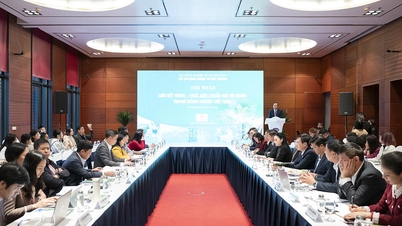



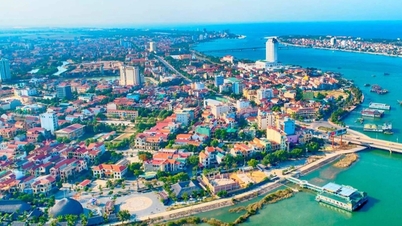







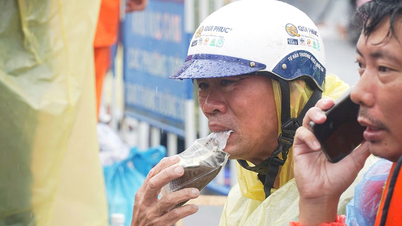



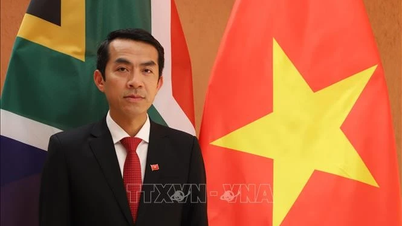







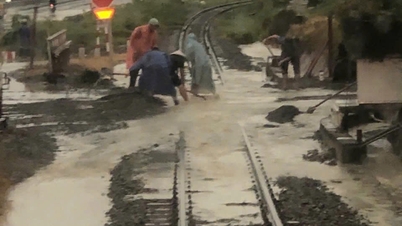
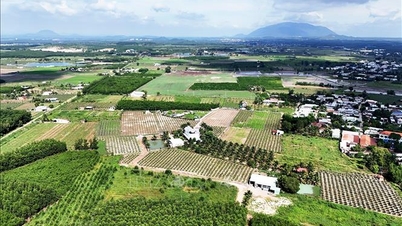
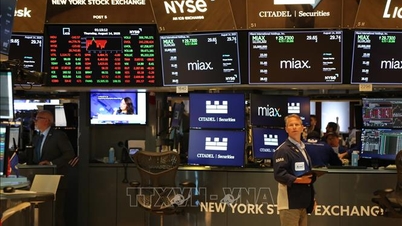


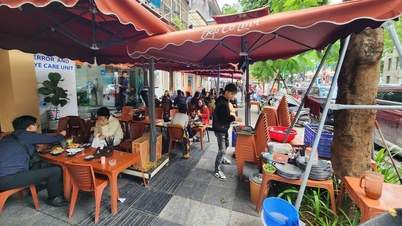





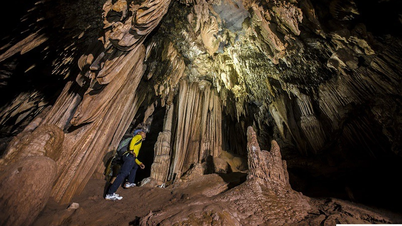

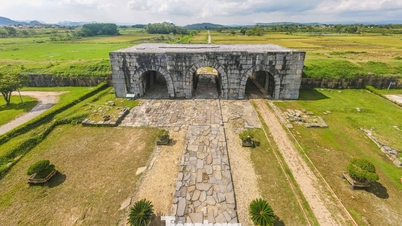

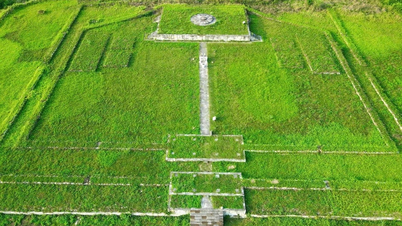
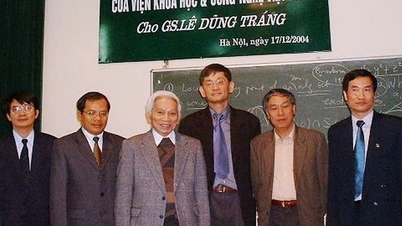




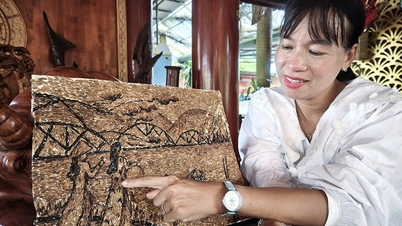



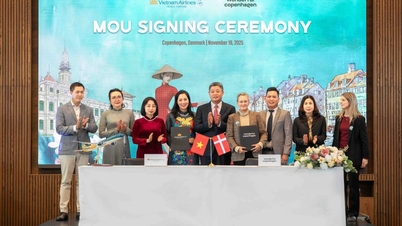







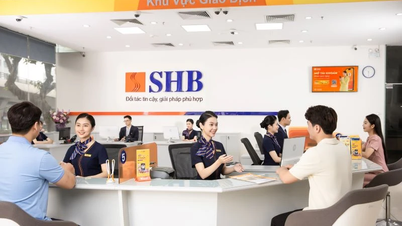






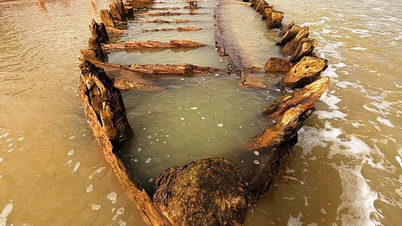



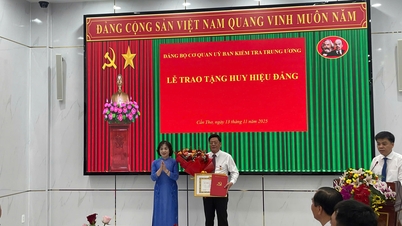


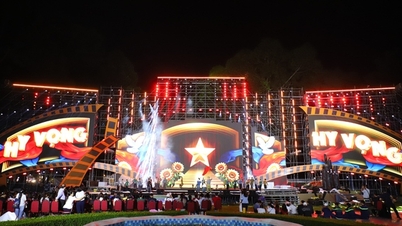

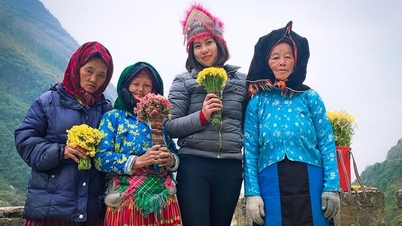





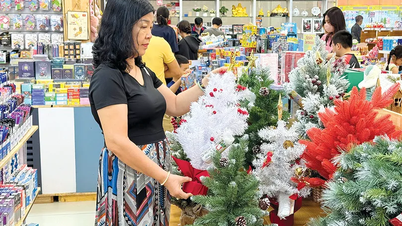




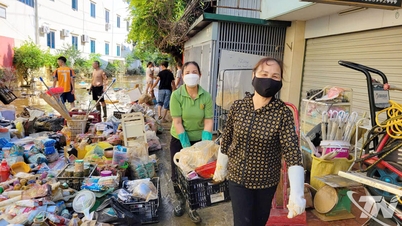













Comment (0)